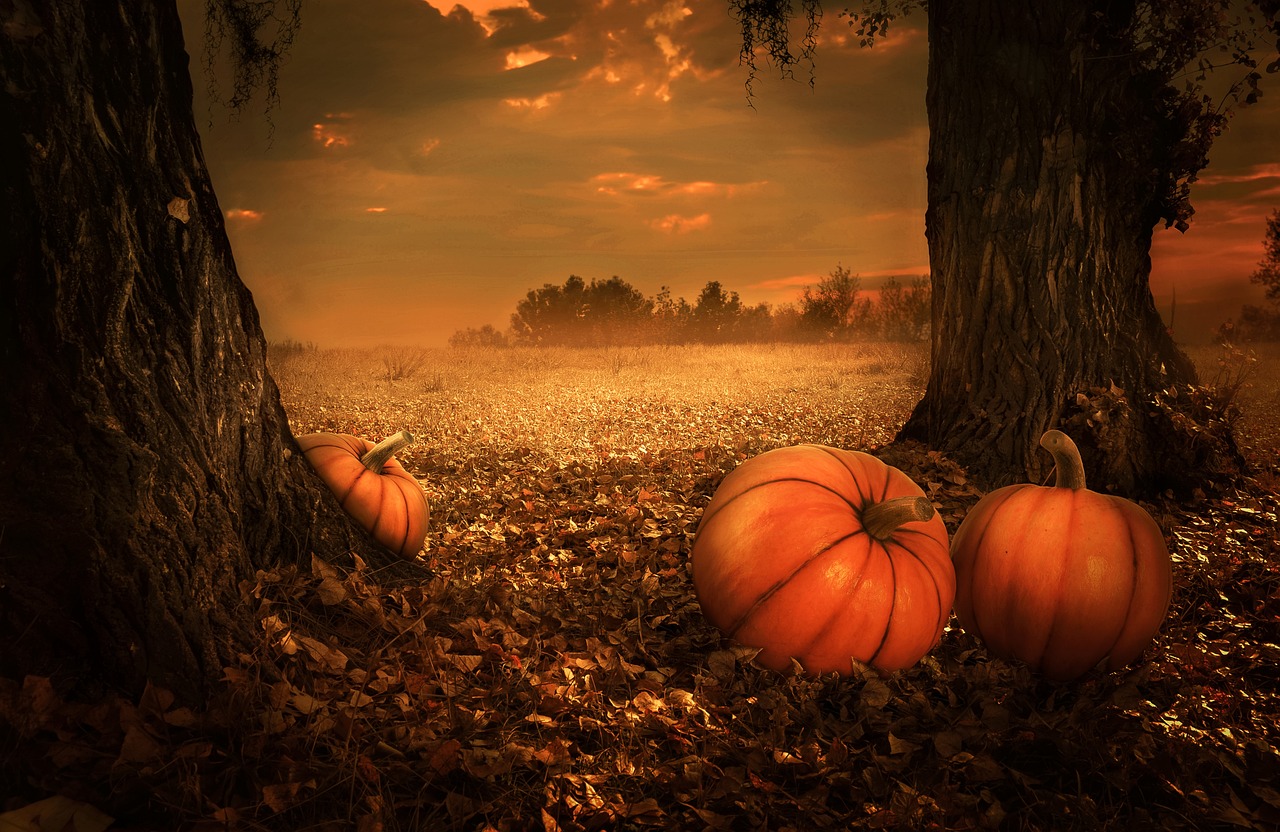All Hallows Eve is an old Celtic celebration dedicated to the dead. Halloween as it is, popularly called, is observed within the Samhain festival.
The Celtics called this day the Celtics New Year.
The All Hallows Eve is celebrated with the hopes that the coming year will be fruitful. It is also an opportunity for people to honour their loved ones who are dead.
The Romans also have an All Hallows Eve celebration of their own. But their celebration is a little different from that of the Celtics. Unlike the celebrations observed in the Samhain festival, the Romans celebrate their own All Hallows Eve in honour of a particular Goddess called Pomona.
There was a popular belief among the Celtics that souls of the dead existed among the living during Halloween. So, the Celtics usually set an extra plate aside for the unseen during dinner. The crop for the coming year will likely yield more fruits when the soul of the departed is happy. That is what the Celtics believe.
The Irish have a slightly different view, in that they believe that on that day there is no barrier between the spirit realm and this physical realm where humans reside. As a result, the Irish are known for carving pumpkins and making them look like ugly demons, with the sole aim of scaring evil spirits. These ugly-looking lanterns are known as Jack’s Lanterns.
According to several legends, Jack is a man who has outsmarted the devil a couple of times. On one occasion, Jack had persuaded the devil to climb a tree. After which, he successfully drew the sign of a cross on the tree’s bark – an act that put the devil in captivity. Thereafter, Jack only allowed the devil to go after he made a deal with him.
After Jack died, he was not admitted into heaven because of his evil deeds on earth. The devil could not keep Jack in hell because of their deal while he was alive.
Therefore, the best the devil could do for him was to make him a small cinder that shone light through the darkness.
Based on European traditions, Christians go out on Halloween for TRICK OR TREATING, where they get small presents from their hosts, mostly in the form of square cakes.
This can also be referred to as SOULING.
According to European beliefs, the more gifts they get, the higher the chances of their prayers getting to the dead. Initially, the All Hallows Eve was known as the “Mischief Night.” On this night, kids are allowed to trick anyone and not get punished for their actions.
When Scottish and Irish immigrants found their way to America, the name of the celebration became TRICK or TREAT.

